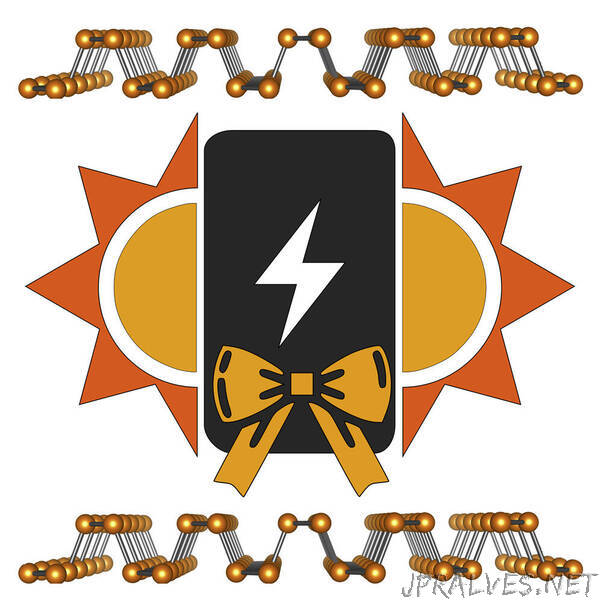
“PNRs are ribbon-like strands of the 2D material phosphorous, which, like graphene, are made of single-atom-thick layers of atoms. They were first created in 2019 by a team led by Professor Chris Howard of UCL following over a hundred theoretical papers predicting that they would have a range of fascinating and useful properties.
PNRs quickly found a role in their first energy device in solar cells in 2021, led by Dr Tom Macdonald at Queen Mary University of London/Imperial College London and supported by the team at UCL. He showed that PNRs can be simply printed as an extra layer to benefit solar cell functionality and efficiency by improving ‘hole mobility’. ‘Holes’ are the opposite partner of electrons in electrical transport, so improving their mobility (a measure of the speed at which they move through the material) helps electrical current move more efficiently between layers of the device.
Now, QMUL and UCL have combined again to provide a vision for how PNRs can be used to help tackle the energy crisis.
Commenting on this new work, Dr Macdonald, Research Fellow at Queen Mary University of London, said: ‘This is exciting as we discuss how PNRs could have an essential role to plan in our race against climate change. Last year we showed that PNRs can be printed onto perovskite solar cells to improve their efficiency; and allow low-cost printing into thin, flexible films compared to traditional inflexible silicon-based solar cells. The promise of our PNR solar cells is incredible, but just the start of the many areas PNRs can revolutionise, from lithium-ion batteries to generating clean hydrogen gas.’
In their Joule perspective, Dr Macdonald highlights the significant steps that have already been taken by researchers worldwide to create and use PNRs, including recent work showing that incorporating PNRs into lithium-ion batteries dramatically improves performance and stability, with the PNRs able to suppress the formation of undesirable dendrites that grow from the surface of the negative electrode. Dendrites may pierce the separator and contact the cathode material of the battery. This results in the electronic contact between the positive and negative electrodes, causing the instability of lithium-ion batteries.”
